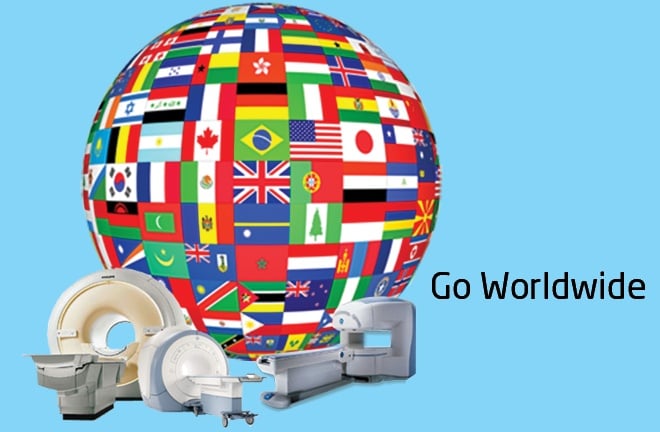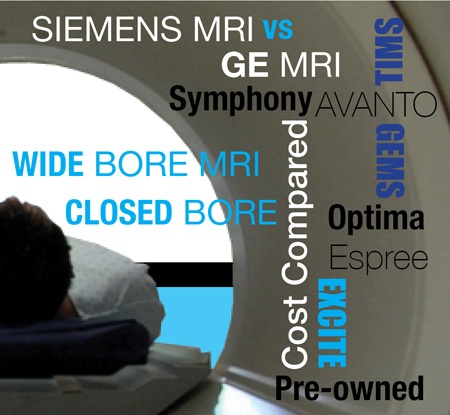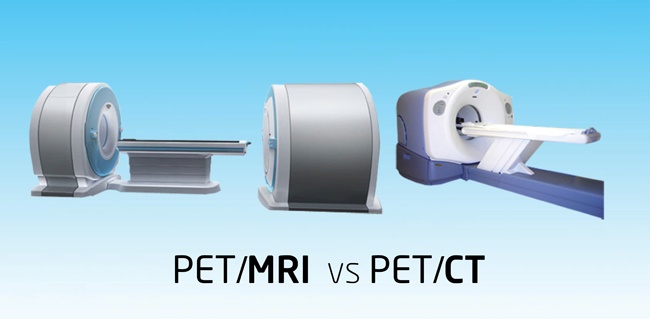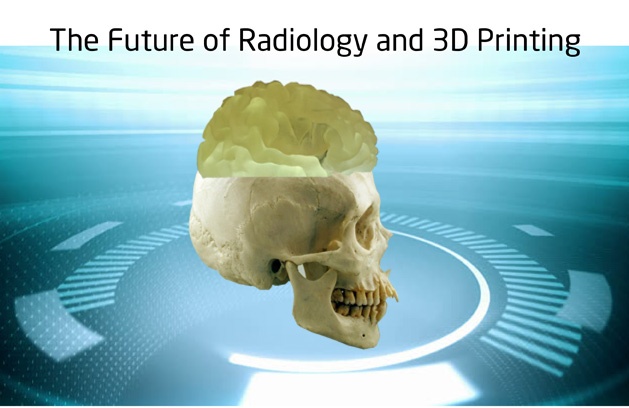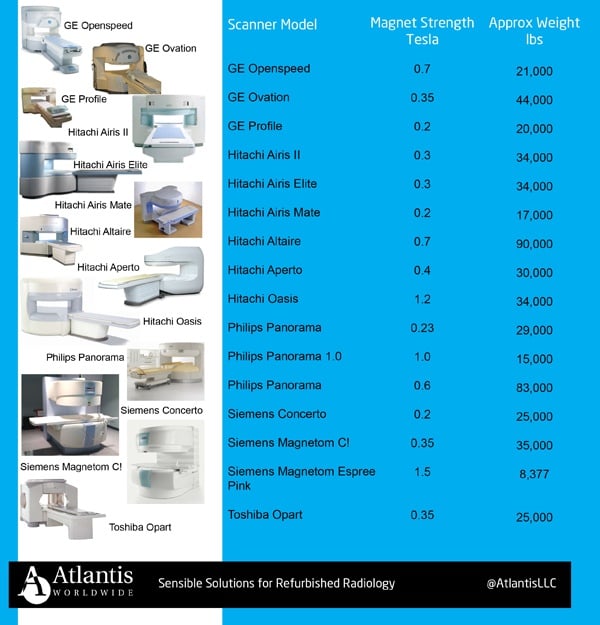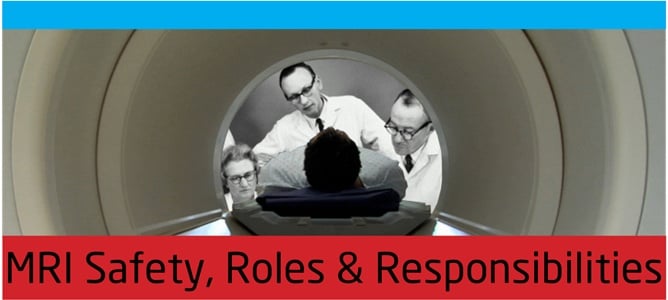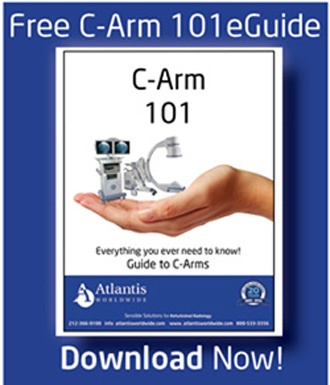Regardless of the physical geography of your office or facility, there are important reasons not to limit your MRI shopping to your immediate vicinity or even your country. To find the perfect MRI system you won’t necessarily have to travel to the other side of the world, but doing your due diligence and shopping globally could help you locate the perfect machine for your budget and your situation.
Read MoreSensible Solutions for Refurbished Radiology
Go Worldwide: 5 Reasons to Shop Globally for Your MRI
Posted by Vikki Harmonay on Tue, Apr 25, 2017 @ 13:04 PM
Topics: Buying Imaging Equipment, MRI
MRI Prices & Models Compared: Siemens MRI vs GE MRI
Posted by Vikki Harmonay on Tue, Mar 14, 2017 @ 12:03 PM
Wide Bore MRI
The major difference between a conventional closed bore system and a wide bore system is the size of the patient opening—60cm versus 70cm. This 10cm difference (approx. 4“) is the newest offering from the OEM’s to help differentiate themselves from older and less expensive systems. The wider bore can help ease the claustrophobic aspect of the patient’s MRI experience,
Read MoreTopics: Medical Imaging Equipment Costs, Medical Imaging Comparisons, MRI
MRI Infographic: Closed Bore, Open MRI & Wide Bore
Posted by Vikki Harmonay on Tue, Mar 7, 2017 @ 15:03 PM
Quick. What’s the difference between a Wide Bore MRI and an Open MRI? Or a Closed Bore MRI? Which is the best for patients who get claustrophobic? Which is best in a clinical setting? At Atlantis Worldwide, we created a simple Infographic that explains the differences and benefits of a variety of MRI equipment. As medical imaging specialists, we also understand that different practices, clinics, hospitals and facilities have different needs and different budgets. Sometimes only a brand new MRI will do. Other times, you can actually get more performance for the money by using a used or refurbished MRI. A pre-owned MRI might even fit the specs of your current facility better than a new one.
Read MoreTopics: Medical Imaging Comparisons, MRI
At the Royal Hallamshire Hospital in Britain, doctors are using the world’s smallest MRI to help premature babies. It’s one of
two purpose-built neonatal MRI scanners in the world, and is proving to be better at showing the structures of the brain and abnormalities more clearly that ultrasound, which is normally used to scan the brains of newborns.
Topics: Imaging Equipment Solutions, MRI
Since PET/MRIs have hit the scene, there’s been a lot of talk about how they will affect the use of PET/CTs, and whether or not the use of PET/MRIs will take off or not. Let’s start with the basics about the newer PET/MRI.
Read MoreTopics: Medical Imaging Comparisons, MRI, PET/CT
It’s no secret that helium is essential to the process of MRI imaging. Helium becomes a liquid at very low temperatures, and facilitates the superconductivity that MRI imaging depends upon. In 2015, the amount of helium consumed from health care applications exceeded two billion cubic feet. A new report from Technavio forecasts grow of helium health care consumption at a compound annual growth of 7 percent through 2020.
Read MoreTopics: MRI, Medical Imaging Equipment
3T MRI vs 1.5T MRI - Do You Know the Difference?
Posted by Vikki Harmonay on Tue, Oct 18, 2016 @ 12:10 PM
Even when you work in the world of radiology it can be difficult at times to understand the differences between various models of imaging equipment. And when your job is buying, selling or requesting service or maintenance for an MRI, CT, Digital X-ray, C-Arm or PET/CT – those small differences become very important.
Read MoreTopics: Medical Imaging Comparisons, MRI
Once a niche hobby for tech savvy makers, 3D printing has become big business. Today, additive manufacturing, the technical term for 3D printing, is being used around the world in almost every sector of business. While its uses vary in size and scope, it seems as if almost anything can be created. Enterprising professionals from different fields are using 3D printers to create everything from one-of-a-kind prototypes to hard to find parts, food, and even living tissue.
Read MoreTopics: CT Scanner, MRI, X-Ray, More Than Just Imaging Solutions
As some people continue to gain weight, manufacturers’ of MRI equipment have been producing scanners to accommodate larger sized patients. Also patients that are claustrophic or just uncomfortable find that the Open MRI is a better option. Hence the need for more facilities to have the Open MRI Scanner.
Read MoreTopics: MRI, Medical Imaging Equipment
MRI System Safety, Roles and Responsibilities
Posted by Vikki Harmonay on Tue, Jun 28, 2016 @ 13:06 PM
Magnetic Resonance Imaging or MRI is the preferred procedure for diagnosing a wide variety of problems or conditions within the human body. Physicians can use the MRI to examine a large number of body parts including the brain, spine, joints, blood vessels, and other organs like the heart and lungs. The result of the MR scan is a very detailed image of organs and tissues throughout the body without the need for x-rays or “ionizing” radiation. To create these detailed images, the MRI uses a powerful magnetic field to align the protons that are present in most of the body’s tissues. Once applied, radio waves then cause these atomic particles to produce a signal that can be received by the MRI scanner. The computer inside the MRI collects the signal data from the rapidly changing magnetic field and assembles detailed images of the tissue that can be viewed from many different angles.
Read MoreTopics: Imaging Equipment Solutions, MRI

